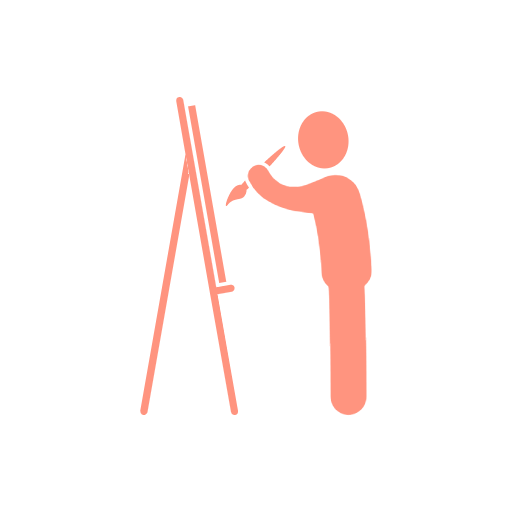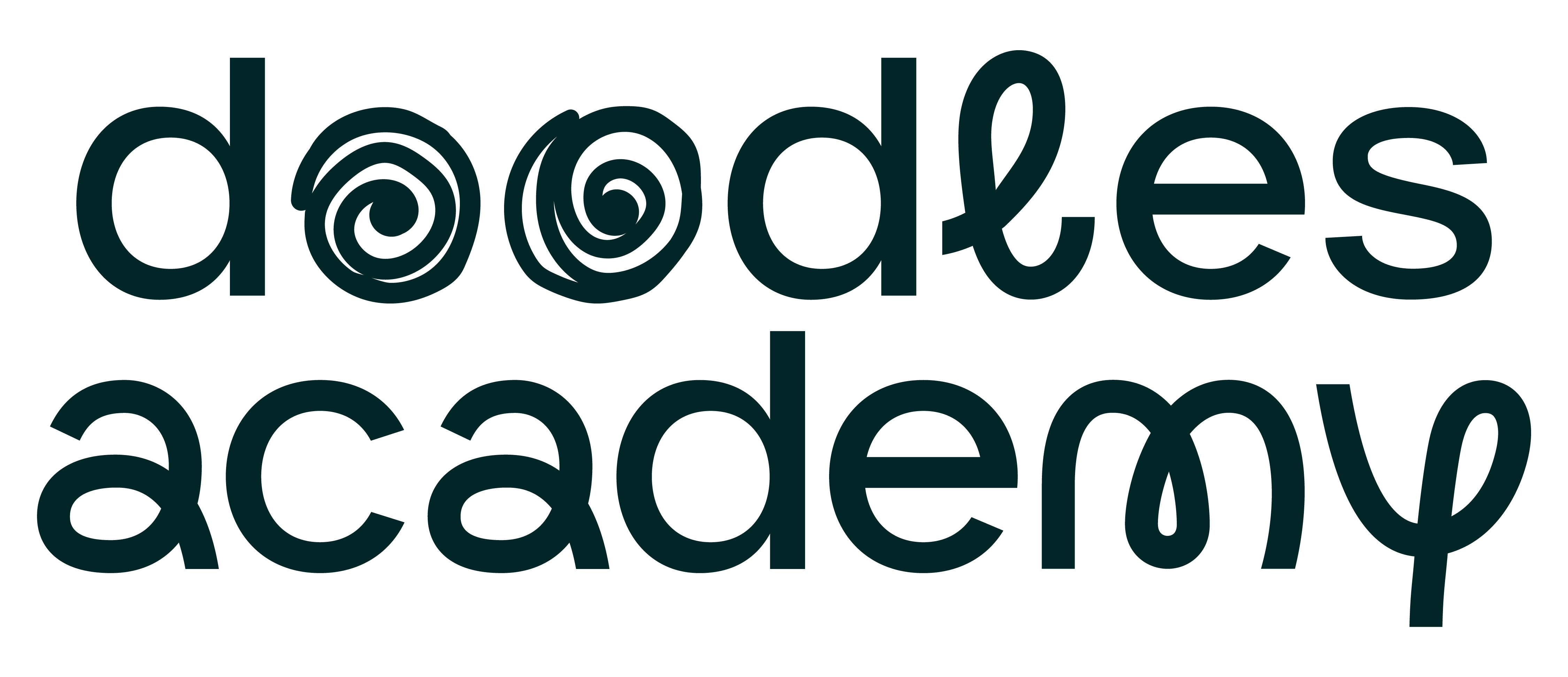Back to: Persian Miniatures (lower grades)
Overview:
In this lesson, students learn that they will be creating ‘engravings’, and prepare their materials for the upcoming project.
Note: There is no video for this lesson.
Students will be able to:
- define ‘engraving’.
- thickly coat a paper with crayon.
- brush an even layer of black paint over the crayon.
Setup:

Students will be working independently.

Have materials set up in a way that is easy to pass out, see, and select from.

Teacher prepwork complete before class starts. (see notes below)
Teacher Prep: before class, cover 2 pieces of paper thickly with crayon for a demonstration (these can be smaller papers).
- On one, leave a small section blank. You will finish coloring it in front of the students.
- It is important that all the paper white is covered with crayon or the paint will stick (in other words—press down hard!).
- Higher-quality crayons work better as they have a higher wax content, and brighter crayons will show up better in the final engraving.
- Add approximately one tablespoon of liquid soap per pint of black paint. Paint one of the papers, watching to make sure it adheres to the crayoned surface and can be engraved without chipping.
Materials:
- Thick (watercolor) paper (at least 9×12”)
- High-quality crayons (e.g., crayola)
- Black tempera paint
- Brushes
- Liquid soap
Media:
- Have a variety of books, stories, or poems available for students to look at. In future lessons they will be creating illustrations for a story—you can give them free choice in this (i.e., illustrate their favorite book), or curate content to support current class learning objectives.
Handouts & Photocopies:
- N/A
Lesson 1
10M, INSPIRATION IMAGE
LOOK AND DISCUSS AN ART PIECE THAT INTRODUCES SOME OF THE LESSON CONCEPTS
Project the inspiration image where students can see it. Give students a moment to study it silently, then begin a brief discussion with the phrase, “What can we find?”. Paraphrase what students say for the benefit of the class, being careful to remain neutral, then ask “What else can we find?”. Alternately, allow them to draw or write what they notice on a blank piece of paper or in a sketchbook.
- Iranian Plate, 6th Century
- A silver plate made in Iran during the 6th century, likely depicting the king and queen at a wedding celebration. This plate was made by engraving, or carving into, the silver to make the image.
Note on using the information above: As your students participate in a conversation around this artwork, it may occasionally be helpful to provide them with additional or contextual information. This information can and should be imparted at the teacher’s discretion.
The point of this discussion time is to have students learn and add onto each other’s thoughts. By remaining neutral and simply repeating what students say you allow students to do the heavy mental lifting and also create an environment where there is no wrong answer, fostering creativity and mental risk-taking.
5M, INSTRUCTIONS
EXPLAIN, DEMONSTRATE & CHECK FOR UNDERSTANDING
Explain to the children that an engraving is made by scratching a design into a surface to produce a picture. In this session the children will put a thick layer of crayon on their papers, and then apply a coat of black paint. In the next session they will make engravings by scratching into the black paint, revealing the colors below. (If you have a sample, it is helpful to demonstrate).
Show students your crayon drawing. Finish coloring it as you explain that they should make a loose design (scribbles) then fill in the resulting shapes with a variety of bright colors. Emphasize that it is important to use strong pressure when applying the crayons to build up a thick layer of wax & the crayon must be applied evenly, leaving no paper peeking through.
On your demonstration paper, show the students how to cover the crayon with a layer of black paint. Spread the paint gently and evenly across the surface, being sure all areas are covered with no puddles of paint left behind.
Optional: scratch through the paper you tested the paint on earlier to show the students what they will ultimately be doing.
Check for understanding by asking, “Who was listening closely that can sum up what we are doing today?” Make sure that student artists can list all the steps and clarify anything that needs clarifying.
20-25M, WORKTIME
FOCUS ON CAREFUL PREPARATION
The students work independently on their work as the teacher circulates. Foster strong work habits by commenting on student artists who are focused on their work as well as student artist who seems be pushing themselves to try new things.
Have the children put their names on the back of their papers, apply the crayon, and then paint the surface with black paint. Remind them to do this neatly (i.e., not painting with big puddles, covering the paper evenly with crayon, etc.)
5-10M, CLEAN-UP/PRESENTATIONS
STUDENTS EXPLORE READING MATERIAL TO GET IDEAS FOR THEIR UPCOMING ILLUSTRATION
Tell students that in the next lesson they will be creating an illustration for a book, poem, or story, so they’ll need to find one that they feel inspired by. Have a variety for them to look through.
Depending on the teacher’s style of classroom management, it might be helpful to only choose and train a few kids to clean. The rest of the class can be busy looking through books and materials to prepare for upcoming lessons. Make sure to train these helpers well in advance so that you aren’t left with a messy room.
Clean-up times will vary with materials; get to know your class and allow 5-10 minutes depending on how efficient they are and whether or not the material was messy.
ANTICIPATED PROBLEMS
- Black crayon should be avoided since it won’t show up against the black tempera paint.
- Students may complain about their hands getting tired. Have them take a moment to wiggle them!
EARLY FINISHERS
When they are done, have students help other students finish coloring.
This project is free to access, but after the first lesson, you will have to create a free account and enroll in the course. After you create an account and enroll, the project can be accessed from the ‘artroom’ tab at the top of the page.
